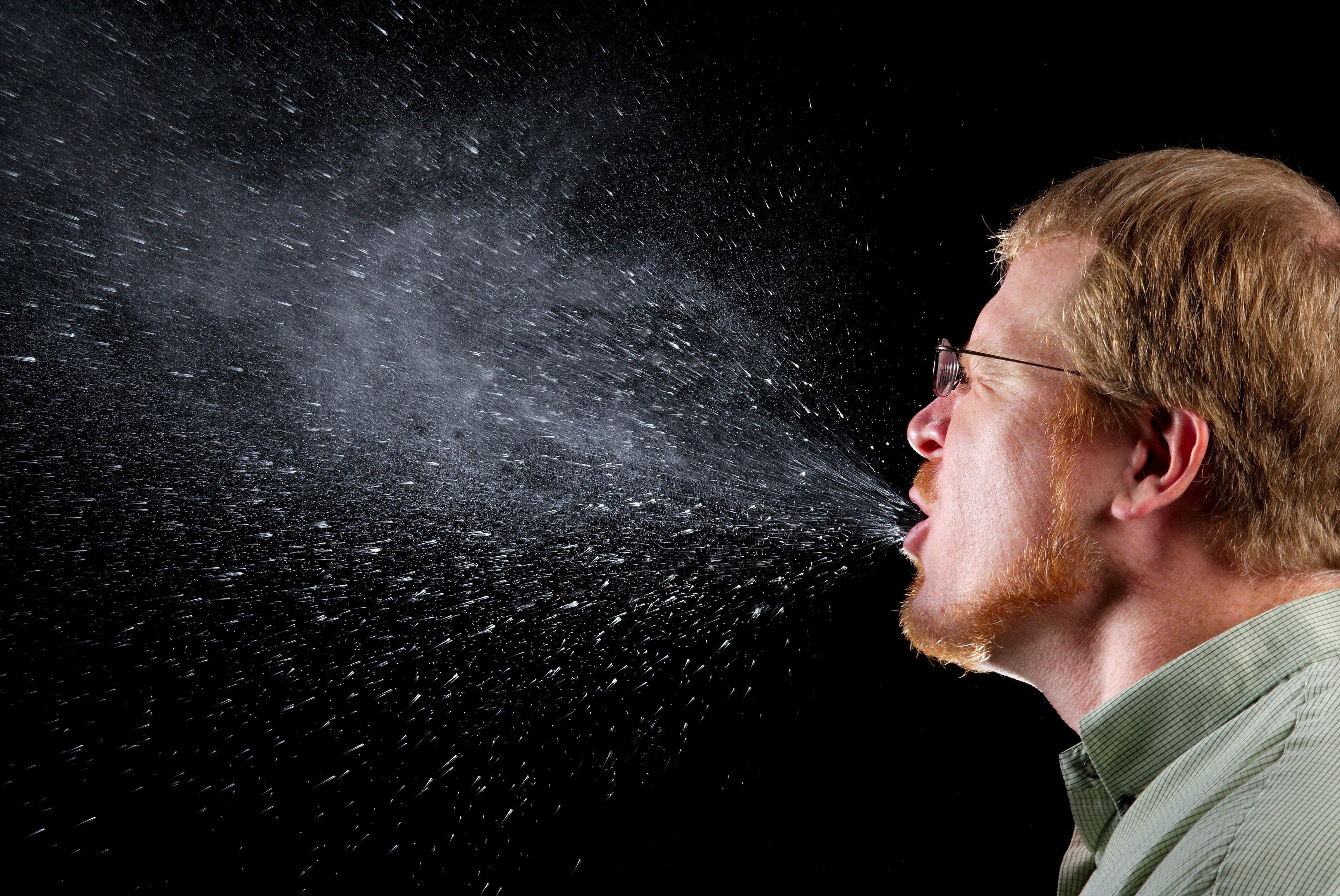Attachments
Note: Not all attachments are visible to the general public. Research URLs will go live after the embargo ends.

Journal/
conference: Cell Reports
conference: Cell Reports
Research:Paper
Organisation/s:
The Peter Doherty Institute for Infection and Immunity, The University of Melbourne, Monash University, The Babraham Institute, UK, Francis Crick Institute, UK
Funder:
The NIHR Cambridge Biomedical Research Center (BRC) is a partnership between
Cambridge University Hospitals NHS Foundation Trust and the University
of Cambridge, funded by the National Institute for Health Research (NIHR).
We are indebted to the NIHR Cambridge BRC volunteers for their participation,
and we thank the NIHR Cambridge BRC staff for their contribution in coordinating
the vaccinations and venepuncture. We thank the staff of the Babraham
Institute Flow Cytometry Facility, Bioinformatics Group, the Sequencing Facility,
and Silvia Innocentin for their technical assistance. We thank Dr. Geoff
Butcher for his comments on this project throughout. For the purpose of
Open Access, the authors have applied a CC BY public copyright license to
any Author Accepted Manuscript version arising from this submission. This
study was supported by H2020 European Research Council funding awarded
to M.A.L. (637801-TWILIGHT), Evelyn Trust funding (19/20) awarded to E.J.C.
and M.A.L., and the Biotechnology and Biological Sciences Research Council
(BBS/E/B/000C0427, BBS/E/B/000C0428, and the Campus Capability Core
Grant to the Babraham Institute). A.R.B. is supported by a Sir Henry Wellcome
Postdoctoral Fellowship (222793/Z/21/Z). D.L.H. is supported by a National
Health and Medical Research Council Australia Early-Career Fellowship
(APP1139911). E.J.C. was supported by the Francis Crick Institute, which receives
its core funding from Cancer Research UK (CC2087), the UK Medical
Research Council (CC2087), and the Wellcome Trust (CC2087). M.A.L. is an
EMBO Young Investigator and Lister Institute Prize Fellow.



 Australia; International; VIC
Australia; International; VIC


